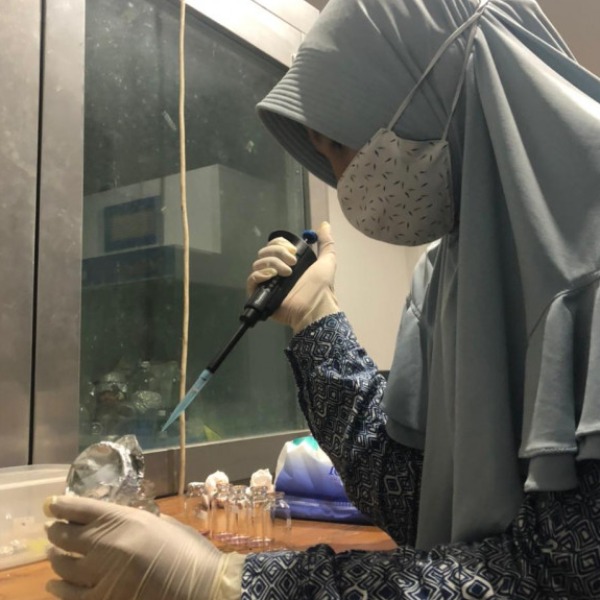What is Next-Generation Sequencing?
Next-Generation Sequencing (NGS) is a
DNA sequencing technology that has revolutionized genomic research. All human
genomes can be sorted in one day using this technology. Before this technology
was known, Sanger's sequencing technology was used to decipher the human
genome, but it took more than a decade to produce the final design. NGS can
capture a broader spectrum of mutations than Sanger sequencing. The spectrum of
DNA variation in the human genome consists of base changes (substitution),
insertion and deletion of DNA, removal of large genomes (exons) or entire genes
and rearrangements such as inversions and translocations. Traditional Sanger
sequencing is limited to the discovery of substitution and small insertions and
deletions. NGS sequencing provides a much more sensitive reading so that it can
be used to identify variants that are only in a few per cent of cells,
including mosaic variations. Also, the sensitivity of the NGS sequence can be
increased further by increasing the depth of the sequence. NGS in microbiology
can replace conventional pathogenic characterization with morphology, the
colouration of metabolic traits and criteria as well as pathogenic genomes
which provide information about drug sensitivity and inform different
pathogenic relationships that can be used to track the source of infection of
an outbreak [1]. NGS is a sorting method in parallel with amplified clonal DNA.
This method provides quantitative information, each sequence being read shows a
sample of clonal DNA or a single DNA molecule. The advantage of this method is
the length of time for processing, sorting, and interpreting data can be done
faster. The drawbacks, namely the price for expensive ordering, reaches $
700-1000/sample [2]. NGS is a term used to refer to a combination of sequencing
methods and genome profiles to obtain comprehensive data [3].
References:
[1] Behjati, S., & Tarpey, P. S. (2013). What is Next-Generation Sequencing?. Archives of Disease in Childhood-Education and Practice, 98 (6), 236-238. DOI: 10.1136/archdischild-2013-304340
[2] Irwanto. 2019. A-Z Down's Syndrome. Airlangga University Press. Surabaya
[3] ForMIND. 2017. Indonesian Young Researcher Forum Rampai 2017. ITB. Bandung.
About Us · User Accounts and Benefits · Privacy Policy · Management Center · FAQs
© 2025 MolecularCloud





Nice Ayu !
Waaw great
Waw nice information